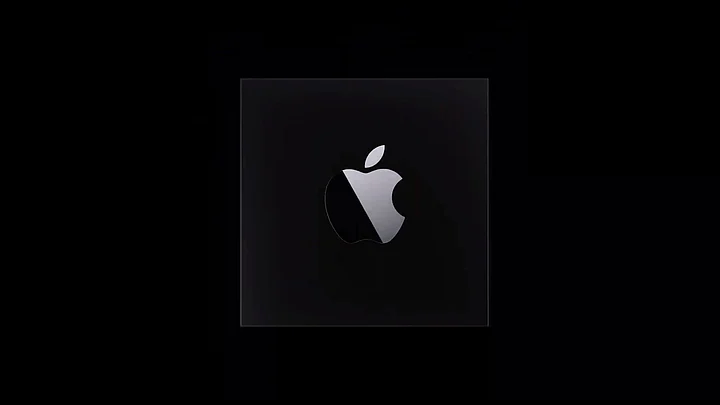Apple has officially announced that it is moving on from using Intel’s chipsets to its own silicon chips for Mac desktops and laptops. The company made the revelation at this year's Worldwide Developer Conference which was an online event.
Apple will be using its own ARM-powered chipsets from now on and the company CEO Tim Cook has said that the complete transition to the new chipset could take at least two years.
Tim also said that the new Macs with the latest Apple Silicon chipsets will be available at the end of the year.
The transition to the new chipset means that the new macOS Big Sur will offer support for native iOS apps and macOS apps on the same machine in the future.
The company is promising new levels of processing power with the ARM-based chipsets. Apple has said that it is equipped to deliver higher performance with low power consumption.
Apple has also said that its migration to its own chipset will allow developers to write and optimise apps for across every major Apple device.
Apple announced that its partners like Microsoft are also working on updates for Office that will make applications like MS Word, Powerpoint and Excel compatible with macOS.
Apple has also been working with Adobe to make is pro editing apps ready for the new silicon platform. The demo shown at the Apple WWDC demoed that the Mac was able to run the native Adobe software smoothly.
There have been reports in the past that Apple was looking to move to its own chipsets as Intel was lagging in performance and wasn’t living up to the expectation of Apple’s hardware division.
Apple has been testing its ARM-chips for a while and has found significant performance increases over the Inte; chips which is why it has decided to migrate.
(At The Quint, we question everything. Play an active role in shaping our journalism by becoming a member today.)
